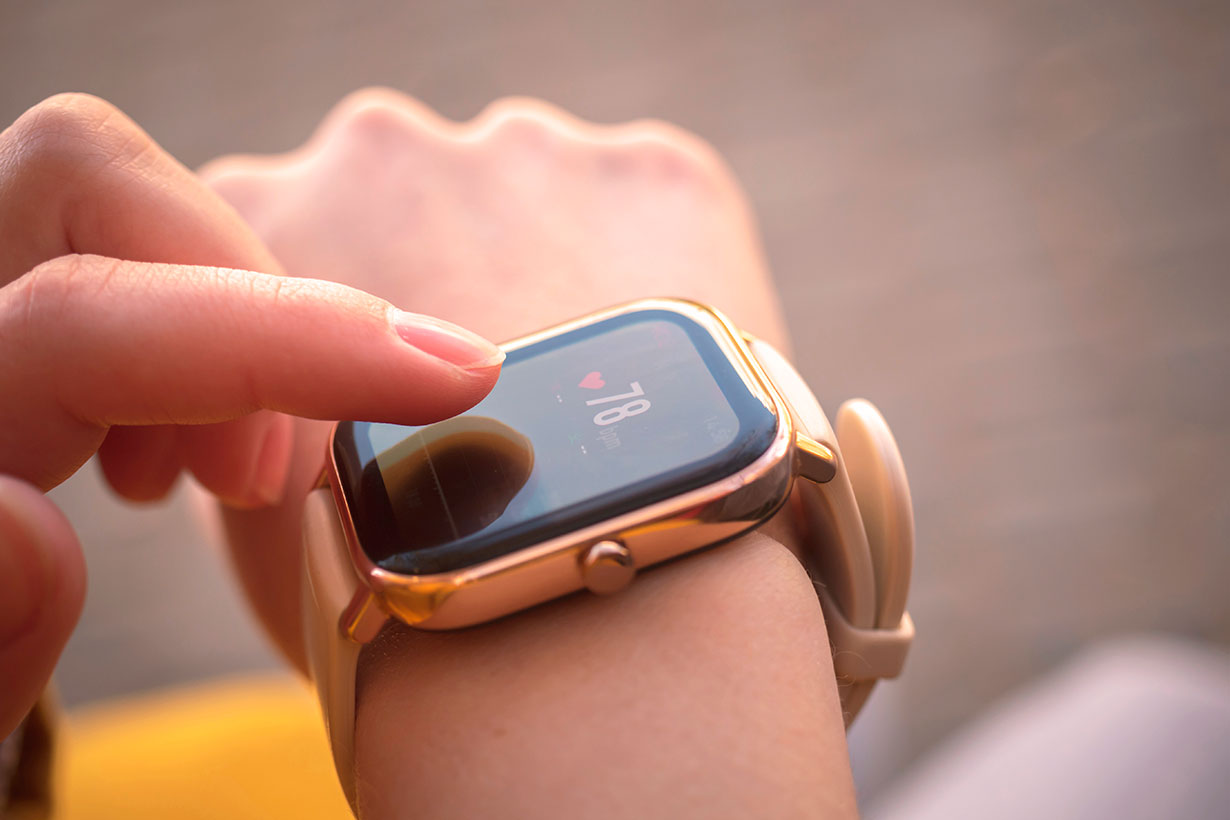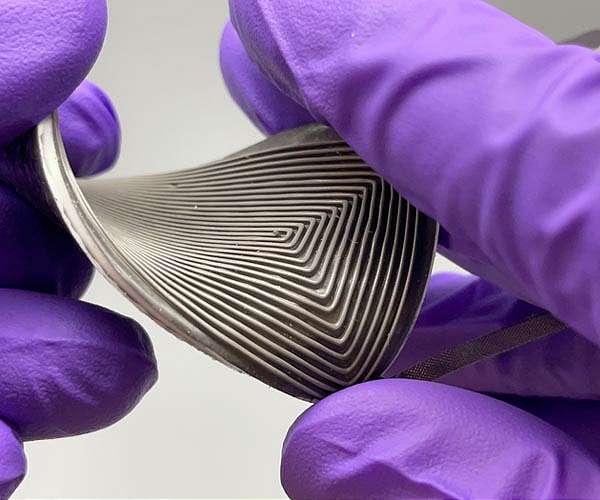CLOSE
About Elements
TANAKA is a leading company in the field of precious metals.
Advanced materials and solutions that support societal progress, the development stories behind them, the voices of engineers, and our management philosophy and vision—
Elements is an online media platform that shares insights that lead to a better society and a more prosperous future for the planet under the slogan “Mastering Precious Metals.”

World’s first wearable device that converts body heat into electricity

Wearable electronics, from health and fitness trackers to virtual reality headsets, are part of our everyday lives. But finding ways to continuously power these devices is a challenge.
University of Washington researchers have developed an innovative solution: the first-of-its kind flexible, wearable thermoelectric device that converts body heat to electricity. This device is soft and stretchable, yet sturdy and efficient – properties that can be challenging to combine.
The team published these findings July 24 in Advanced Energy Materials.
“It’s a 100% gain if we harvest thermal energy that would otherwise be wasted to the surroundings. Because we want to use that energy for self-powered electronics, a higher power density is needed,” said Mohammad Malakooti, a UW assistant professor of mechanical engineering.
“We leverage additive manufacturing to fabricate stretchable electronics, increase their efficiency and enable their seamless integration into wearables while answering fundamental research questions.”
Even after more than 15,000 stretching cycles at 30% strain, the researchers’ prototype device remains fully functional, a highly desirable feature for wearable electronics and soft robotics. The device also shows a 6.5 times increase in power density compared to previous stretchable thermoelectric generators.
To create these flexible devices, the researchers 3D printed composites with engineered functional and structural properties at each layer. The filler material contained liquid metal alloys, which provide high electrical and thermal conductivity. These alloys address limitations in previous devices, including an inability to stretch, inefficient heat transfer and a complex fabrication process.
The team also embedded hollow microspheres to direct the heat to the semiconductors at the core layer and reduce the weight of the device.
The researchers showed that they could print these devices on stretchable textile fabrics and curved surfaces, which suggests that future devices could be applied to clothing and other objects. The team is excited about the future possibilities and real-life applications of wearable electronics.
“One unique aspect of our research is that it covers the whole spectrum, all the way from material synthesis to device fabrication and characterization,” said Malakooti, who is also a researcher in the UW’s Institute for Nano-Engineered Systems. “This gives us the freedom to design new materials, engineer every step in the process and be creative.”
Youngshang Han, UW master’s student in mechanical engineering, was lead author on the paper. Leif-Erik Simonsen is an additional co-author. This research was funded by the National Science Foundation.
Research Report:Printing liquid metal elastomer composites for high-performance stretchable thermoelectric generators
This article was from SpaceDaily.com and was legally licensed through the Industry Dive Content Marketplace. Please direct all licensing questions to legal@industrydive.com.
![]()








